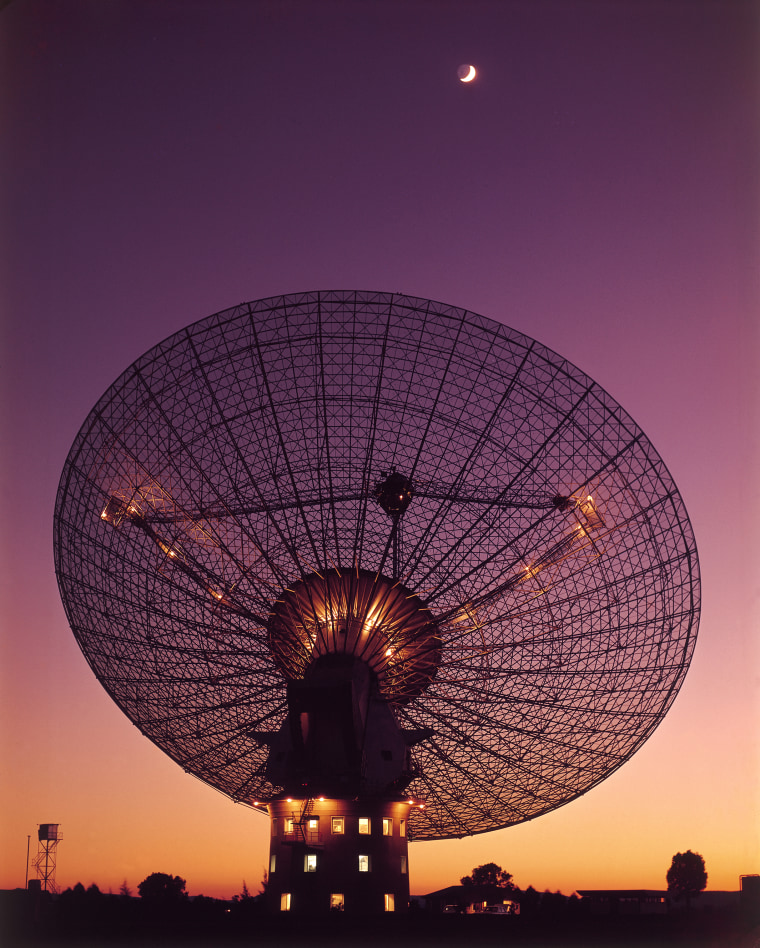The Parkes Radio Telescope in New South Wales, Australia has just joined the effort of targeted observations of Proxima Centauri.
Parkes is one of several telescopes all focused on our nearest stellar neighbor in hopes of detecting something that might be interpreted as a sign of life, or more specifically an intelligent civilization. These observations are being orchestrated and funded by the Breakthrough Initiative, a collaboration between astrophysicist Stephen Hawking and billionaire Yuri Milner. The organization is designed to be: "a program of scientific and technological exploration, probing the big questions of life in the Universe: Are we alone? Are there habitable worlds in our galactic neighborhood? Can we make the great leap to the stars? And can we think and act together - as one world in the cosmos?" You may have heard about their Starshot project this past April when they announced the plan to design develop a fleet of light sail spacecraft that could reach the Alpha Centauri star system in several decades.

What's so great about Proxima and Alpha Centauri, you ask? The answer is Proxima b, the planet discovered around Proxima Centauri this summer by the European Southern Observatory's 3.6-meter telescope in La Silla Chile. The Alpha Centauri system is made up of a binary system, Alpha Centauri A and B which are somewhat sun-like stars, and the much smaller Proxima Centauri, which is a red-dwarf star. Together, they are the nearest star system to us and therefore Proxima b is the nearest planet to us outside of the solar system.
The Parkes telescope is part of the Breakthrough Listen project which aims to: survey the 1,000,000 closest stars to Earth, scans the center of our galaxy and the entire galactic plane, as well as listen for messages from the 100 closest galaxies to ours. Proxima Centauri is the first of many targets for Parkes, and together with other radio telescope around the globe, it will help to "cover 10 times more of the sky, cover at least 5 times more of the radio spectrum, and do it 100 times faster than previous program."
[Pedantic astronomer note: radio telescopes detect light, not sound, so in my opinion the project should really be called Breakthrough Watch, natch.]
Here's some more geek from the week:
- Koala bears actually seek out cooler trees to hug on warm days to regulate their body temperatures.
- This new dinosaur fossil was found in China just before it was almost destroyed by developers dynamiting the area.
- The reason so little of the Neanderthal genome survives in us may have to do their lack of genetic diversity.
- Freeze-dried cells maybe the answer to transporting effective vaccines long distances.
- Las Vegas now has street lights that are powered by footsteps. [VIDEO]
- This interactive periodic table shows you how each element is related to everyday life.
- What's up with "walking water" droplets that don't coalesce right away? [VIDEO]
- SpaceX says the explosion of their Falcon rocket during a static fire test was likely due to supercooled liquid oxygen becoming solid.
- Astronauts can vote while they float thanks to a Texas law passed in 1997.
Keep on geeking!
@Summer_Ash, In-house Astrophysicist
